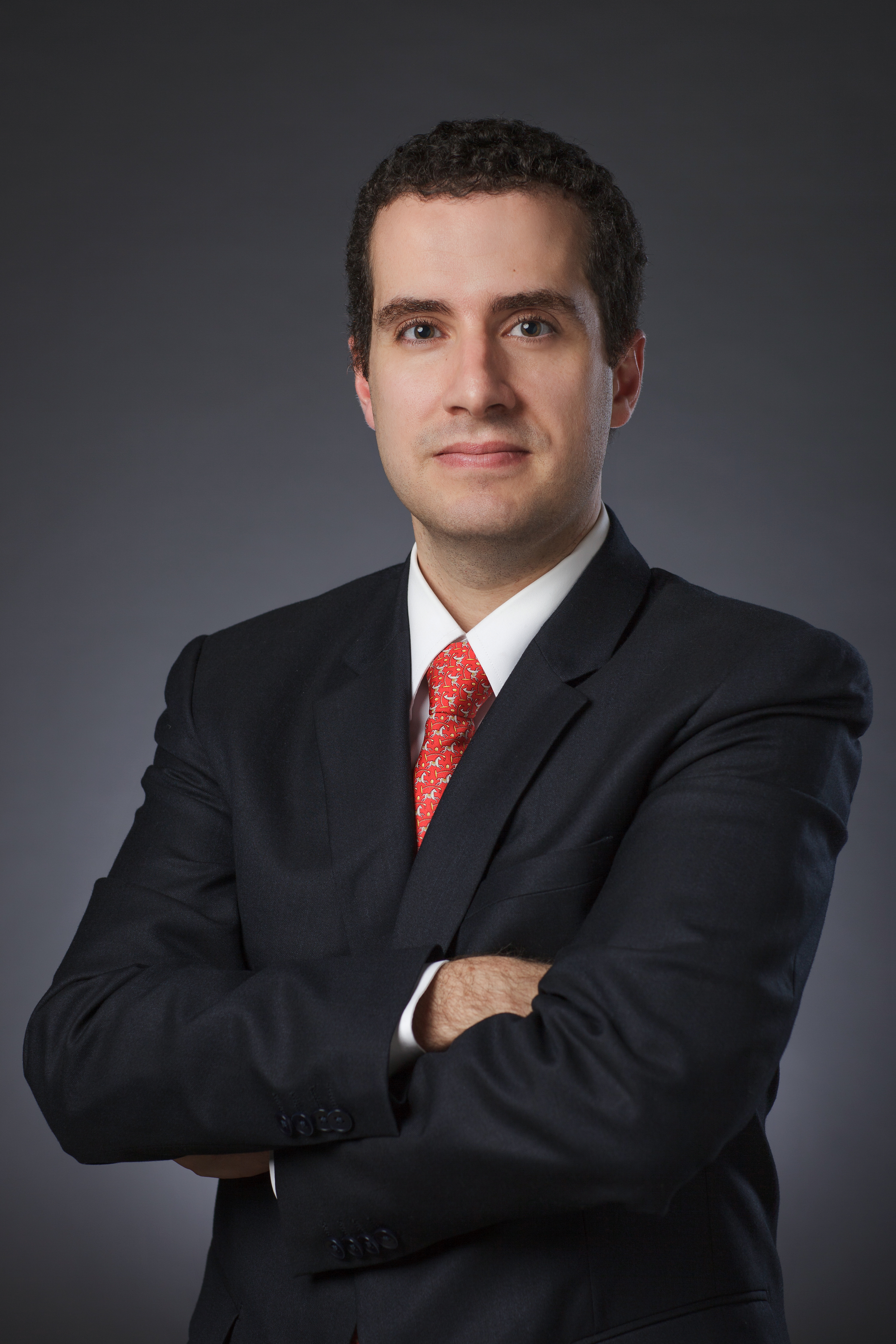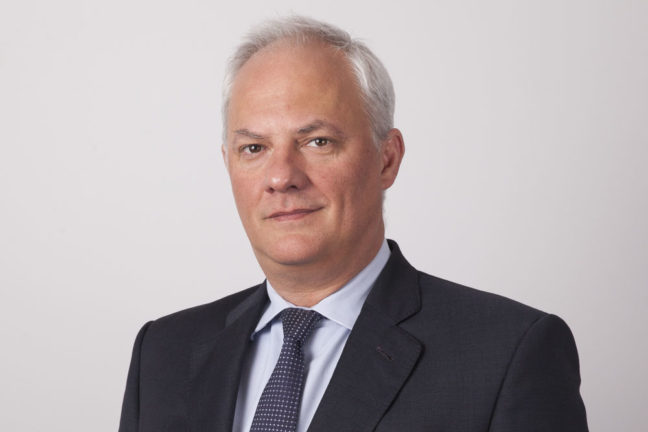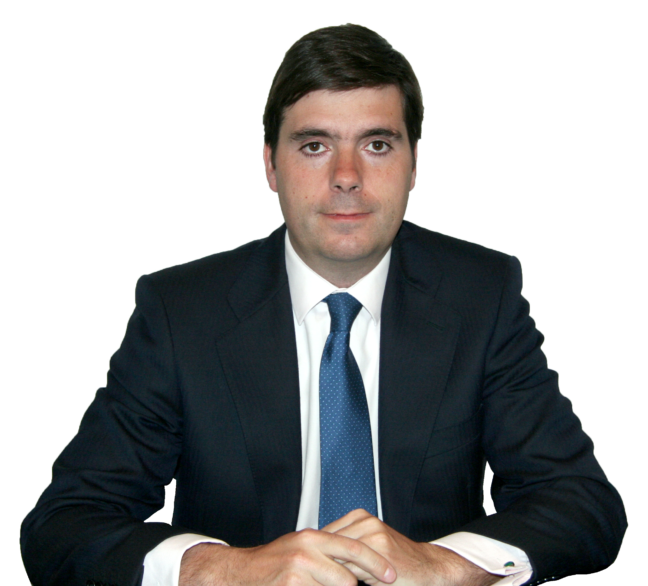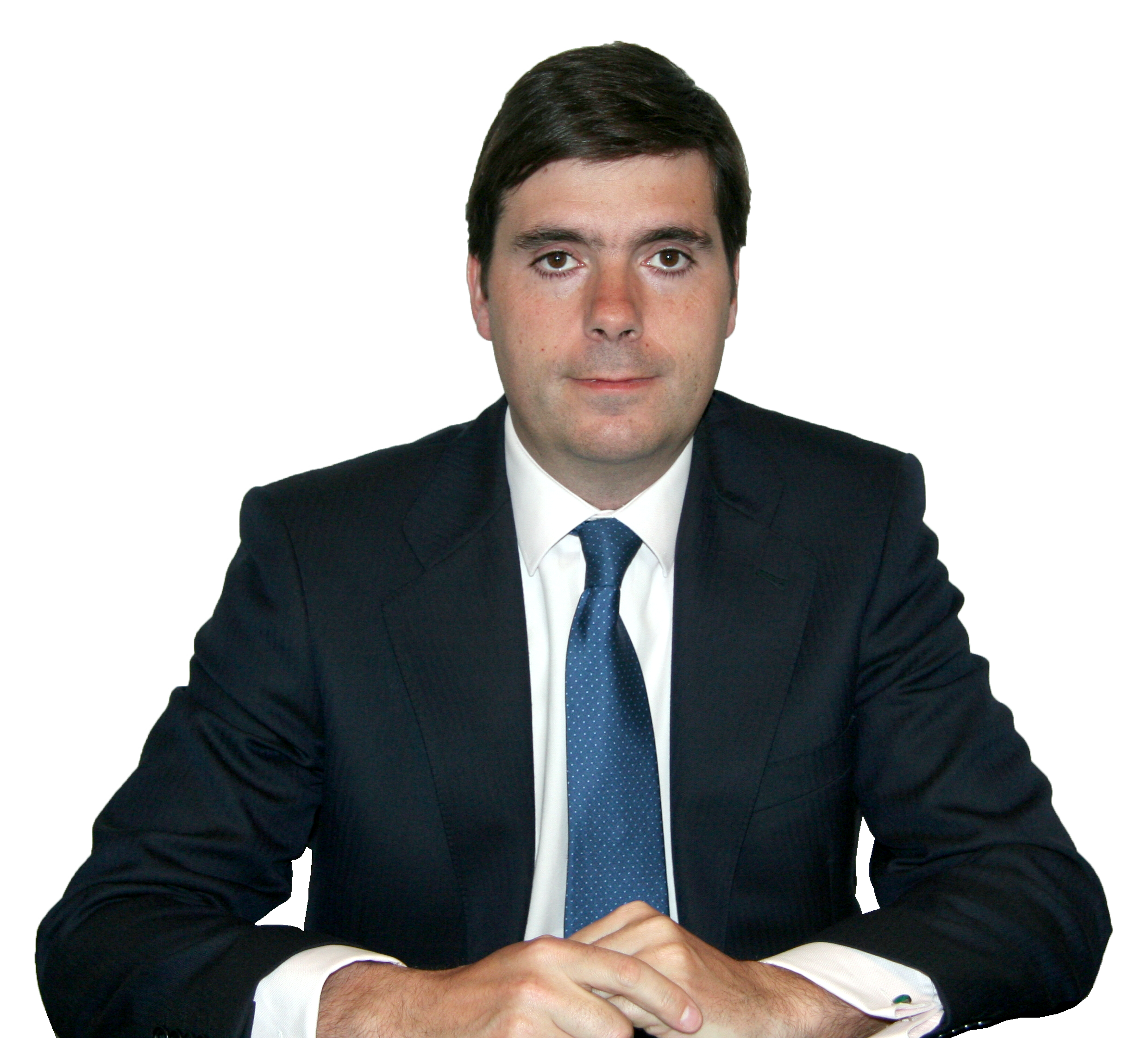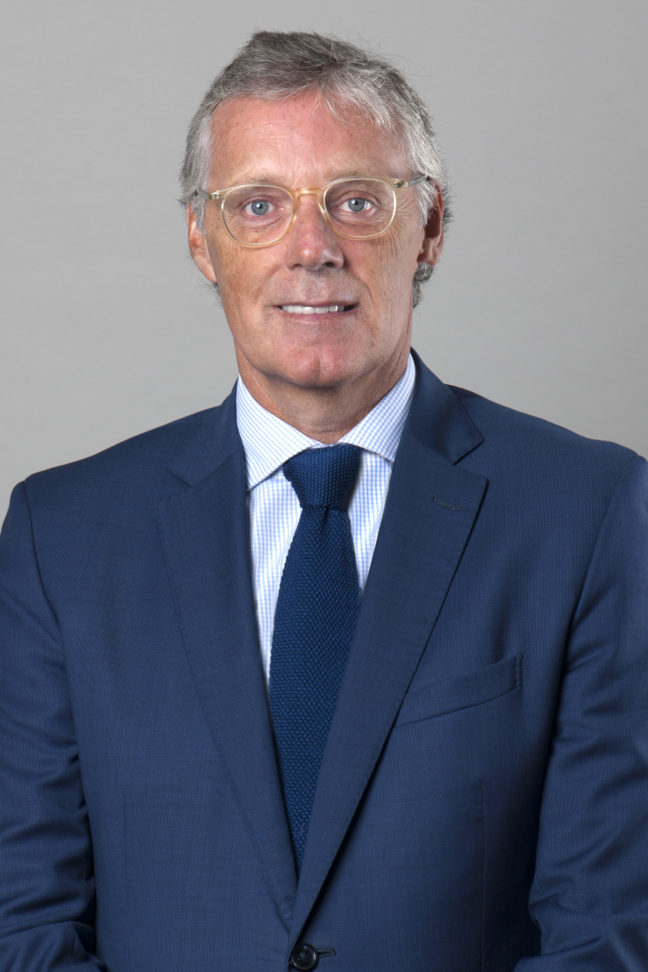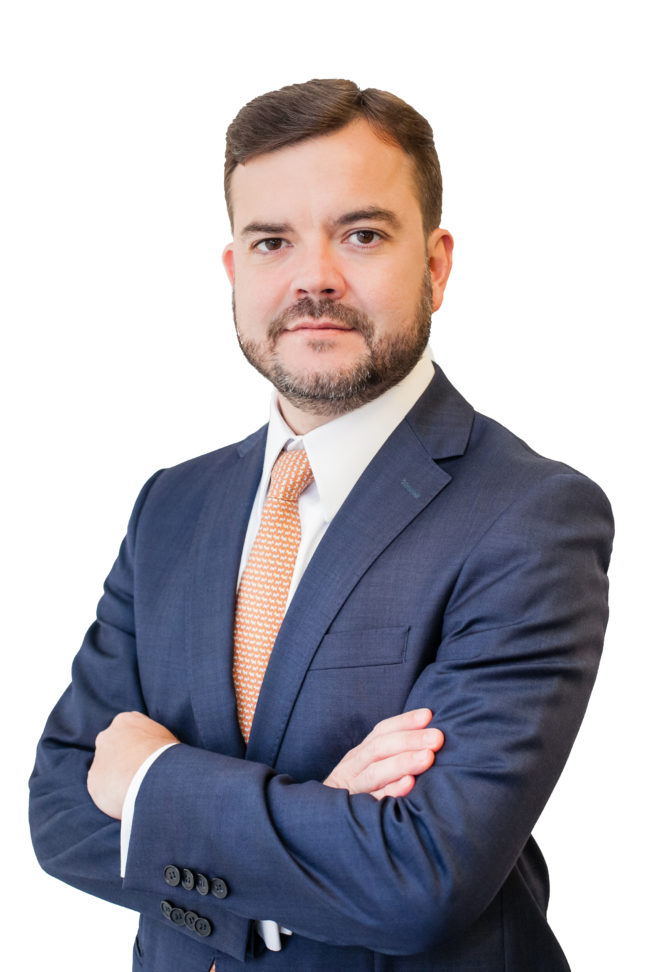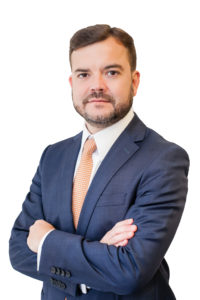Entrevista com José Diogo Horta Osório, coordenador do departamento de Direito Societário da Cuatrecasas em Portugal, sobre o balanço do mercado de M&A em Portugal em 2017.
 Até novembro de 2017, houve em Portugal um aumento relativamente modesto no número de transações, mas expressivo nos valores envolvidos, em comparação com o mesmo período do ano anterior, qual o seu balanço da performance do mercado português de fusões e aquisições em comparação a 2016?
Até novembro de 2017, houve em Portugal um aumento relativamente modesto no número de transações, mas expressivo nos valores envolvidos, em comparação com o mesmo período do ano anterior, qual o seu balanço da performance do mercado português de fusões e aquisições em comparação a 2016?
Efectivamente em 2017 – dados de Novembro – verificou-se um aumento modesto no número de transacções, todavia, e esse é um dado mais importante, em 2017 constata-se a concretização de um crescimento sustentado e duradouro do mercado de fusões e aquisições em Portugal. Trata-se agora de consolidar este crescimento sustentado e estamos francamente optimistas de que em 2018 se irá verificar esta tendência de crescimento sustentado. Naturalmente, esta tendência terá maior incidência em sectores como energia, tecnologia, turismo, real estate e retail.
O senhor tem uma atuação destacada em operações no setore de transportes. Assessorou esse ano a Barraqueiro Transportes na venda da Tranporta para a CTT e na compra da Lisboat, por exemplo. É possível reconhecer alterações ou inovações nos últimos anos em relação às transações realizadas no setor? Quais são as tendências para 2018?
O sector dos transportes rodoviários de passageiros sofreu e ainda vai sofrer transformações por força fundamentalmente do Regime Jurídico do Serviço Público de Transporte de passageiros, aprovado pela Lei n.º 52/2005, de 9 de Junho. Estou convicto de que se vai assistir a um processo de consolidação no sector, o que, por seu turno, irá imprimir uma nova tendência no mercado de fusões e aquisições neste sector. As operações que refere, no entanto, estão fora do sector que referi, pois uma insere-se no sector de transporte de mercadorias e a outra na actividade de transporte turístico de “sightseeing”. As tendências para 2018 neste sector, como referi anteriormente, assentarão no necessário processo de consolidação empresarial para fazer face aos concursos públicos do serviço público de transporte de passageiros e no crescimento de aquisições no sub-sector do turismo.
Em 2017, o setor de Saúde, Higiene e Estética foi, até novembro, o mais ativo em transações de Private Equity, registrando um aumento de 500% em comparação ao mesmo período de 2017. Quais são as condições do mercado hoje que favorecem ou explicam essas movimentações?
O sector de saúde, higiene e estética foi de facto um dos sectores mais activos em transacções private equity, o qual se baseia sobretudo no comportamento económico-financeiro francamente positivo das empresas target e nas estratégias dos players neste mercado de private equity do que propriamente numa tendência ou em condições específicas do respectivo mercado. Naturalmente que a disponibilidade dos bancos para financiar operações em sectores maduros, com estabilidade dos proveitos e de “ebitdas” normalmente positivos auxiliaram este aumento inusitado de transacções neste específico sector.
Quais transações destacaria em termos de importância e complexidade esse ano, sejam as que tenham atuado diretamente ou que contaram com a participação do Cuatrecasas?
Para além das transacções que referiu no sector dos transportes, destacaria pela sua complexidade e importância as aquisições da Vimeca, sociedade concessionária de carreiras urbanas e interurbanas na área ocidental de Lisboa, na qual assessorámos o comprador, da aquisição da Gascan pelo fundo de private equity Artá Capital e a venda da Probos ao grupo Surteco pela Alantra Capital.
Acredita que em 2018 possa ocorrer uma intensificação das operações de M&A? Quais cenários ou tendências já podem ser identificados, e quais setores possuem, na sua opinião, maior potencial de crescimento?
Estou pessoalmente convicto de que 2018 será mais um ano de consolidação do crescimento sustentado do mercado de fusões e aquisições em Portugal que se iniciou em 2016. Linhas de financiamento bancário disponíveis, taxas de juros muito reduzidas, relativa estabilidade legislativa e fiscal, equilíbrio das contas públicas e players internacionais com apetite sobre certos activos em Portugal dão sinais claros de que assistiremos a mais um bom ano de transacções de empresas. Os sectores com maior potencial de crescimento continuarão a ser real estate e retail, turismo e energia.
Portugal um aumento relativamente modesto no número de transações, mas expressivo nos valores envolvidos, em comparação com o mesmo período do ano anterior, qual o seu balanço da performance do mercado português de fusões e aquisições em comparação a 2016?
Efectivamente em 2017 – dados de Novembro – verificou-se um aumento modesto no número de transacções, todavia, e esse é um dado mais importante, em 2017 constata-se a concretização de um crescimento sustentado e duradouro do mercado de fusões e aquisições em Portugal. Trata-se agora de consolidar este crescimento sustentado e estamos francamente optimistas de que em 2018 se irá verificar esta tendência de crescimento sustentado. Naturalmente, esta tendência terá maior incidência em sectores como energia, tecnologia, turismo, real estate e retail.
O senhor tem uma atuação destacada em operações no setore de transportes. Assessorou esse ano a Barraqueiro Transportes na venda da Tranporta para a CTT e na compra da Lisboat, por exemplo. É possível reconhecer alterações ou inovações nos últimos anos em relação às transações realizadas no setor? Quais são as tendências para 2018?
O sector dos transportes rodoviários de passageiros sofreu e ainda vai sofrer transformações por força fundamentalmente do Regime Jurídico do Serviço Público de Transporte de passageiros, aprovado pela Lei n.º 52/2005, de 9 de Junho. Estou convicto de que se vai assistir a um processo de consolidação no sector, o que, por seu turno, irá imprimir uma nova tendência no mercado de fusões e aquisições neste sector. As operações que refere, no entanto, estão fora do sector que referi, pois uma insere-se no sector de transporte de mercadorias e a outra na actividade de transporte turístico de “sightseeing”. As tendências para 2018 neste sector, como referi anteriormente, assentarão no necessário processo de consolidação empresarial para fazer face aos concursos públicos do serviço público de transporte de passageiros e no crescimento de aquisições no sub-sector do turismo.
Em 2017, o setor de Saúde, Higiene e Estética foi, até novembro, o mais ativo em transações de Private Equity, registrando um aumento de 500% em comparação ao mesmo período de 2017. Quais são as condições do mercado hoje que favorecem ou explicam essas movimentações?
O sector de saúde, higiene e estética foi de facto um dos sectores mais activos em transacções private equity, o qual se baseia sobretudo no comportamento económico-financeiro francamente positivo das empresas target e nas estratégias dos players neste mercado de private equity do que propriamente numa tendência ou em condições específicas do respectivo mercado. Naturalmente que a disponibilidade dos bancos para financiar operações em sectores maduros, com estabilidade dos proveitos e de “ebitdas” normalmente positivos auxiliaram este aumento inusitado de transacções neste específico sector.
Quais transações destacaria em termos de importância e complexidade esse ano, sejam as que tenham atuado diretamente ou que contaram com a participação do Cuatrecasas?
Para além das transacções que referiu no sector dos transportes, destacaria pela sua complexidade e importância as aquisições da Vimeca, sociedade concessionária de carreiras urbanas e interurbanas na área ocidental de Lisboa, na qual assessorámos o comprador, da aquisição da Gascan pelo fundo de private equity Artá Capital e a venda da Probos ao grupo Surteco pela Alantra Capital.
Acredita que em 2018 possa ocorrer uma intensificação das operações de M&A? Quais cenários ou tendências já podem ser identificados, e quais setores possuem, na sua opinião, maior potencial de crescimento?
Estou pessoalmente convicto de que 2018 será mais um ano de consolidação do crescimento sustentado do mercado de fusões e aquisições em Portugal que se iniciou em 2016. Linhas de financiamento bancário disponíveis, taxas de juros muito reduzidas, relativa estabilidade legislativa e fiscal, equilíbrio das contas públicas e players internacionais com apetite sobre certos activos em Portugal dão sinais claros de que assistiremos a mais um bom ano de transacções de empresas. Os sectores com maior potencial de crescimento continuarão a ser real estate e retail, turismo e energia.
Leia mais sobre as transações de José Diogo Horta Osório aqui.
Saiba sobre as transações do escritório Cuatrecasas Portugal aqui.
José Diogo Horta Osório, head of the Cuatrecasas Corporate and Commercial Practice in Portugal, discusse the year in M&A in Portugal
By November 2017, the increase in the volume of transactions in Portugal was relatively modest, although significant in terms of the amounts involved, when compared with the same period last year. What is your evaluation of the performance of the mergers and acquisitions market in Portugal compared with 2016?
Indeed, in 2017 (based on data in November), there was only a slight increase in the number of transactions, although what is important is that 2017 saw steady and lasting growth in the mergers and acquisitions market in Portugal. Now there is a need to consolidate this steady growth, and, frankly, we are optimistic that we will see this sustained growth trend in 2018. Of course, this trend will have a greater impact on sectors such as the energy, technology, tourism, real estate and retail sectors.
You have played a notable role in transactions involving the transport sector. This year you advised Barraqueiro Transportes on the sale of Transporta to CTT and on the acquisition of Lisboat, for example. Have you noted any changes or innovations in recent years relating to the transactions performed in this sector? What trends do you foresee for 2018?
The road passenger transport sector has transformed and will continue to transform, mainly due to the Legal Regime for the Public Passenger Transport Service (Regime Jurídico do Serviço Público de Transporte de Passageiros) approved by Act 52/2005 of June 9. I am convinced that we are going to see a consolidation process in the sector, which will in turn lead to a new trend in the mergers and acquisitions market in this sector. The transactions you refer to, however, are outside the scope of the sector I mentioned, as one involved the goods transportation sector, and the other concerned tourist transportation for sightseeing. As I said, the trends for 2018 in this sector will center on a necessary process of business consolidation to be able to compete in public passenger transport service tenders, as well as on an increasing number of acquisitions in the tourism sub-sector.
By November 2017, health, hygiene and beauty was the most active sector in private equity transactions, recording an increase of 500% in comparison with the same period in 2016. What are the current market conditions favoring or explaining these movements?
The health, hygiene and beauty sector has been one of the most active sectors in the private equity market, mainly as a result of the positive economic and financial performance of the target companies and the strategies of the players in this private equity market, rather than any specific trend or conditions in the market. Of course, the willingness of banks to finance transactions in mature sectors showing earnings stability and EBITDAs that are usually positive will have helped to account for the exceptional increase in transactions in this sector.
Which of the transactions in which Cuatrecasas has been involved directly or has participated in have been noted for their significance and complexity this year?
As well as the deals in the transport sector referred to, I highlight the complexity and significance of the acquisition of Vimeca, holder of the urban and interurban bus route concessions in the western area of Lisbon, in which we advised the purchaser; Artá Capital private equity fund’s acquisition of Gascan; and Alantra Capital’s sale of Probos to the Surteco group.
Do you think M&A activity will intensify in 2018? What scenarios or trends can already be identified and, in your opinion, which sectors show greatest growth potential?
I am personally convinced that 2018 will be a year of consolidation of the sustained growth in the mergers and acquisitions market in Portugal that began in 2016. The availability of bank credit lines, very low interest rates, a relatively stable legislative and fiscal environment, balanced public sector accounts and international players with an appetite for certain assets in Portugal provide a clear indication that we are going to see another good year for corporate transactions. The sectors with greatest growth potential will continue to be real estate, retail, tourism and energy.
To know about José Diogo Horta Osório and his transactions, click here.
To read about the firm Cuatrecasas Portugal and the transactions it has been involved in, click here.

